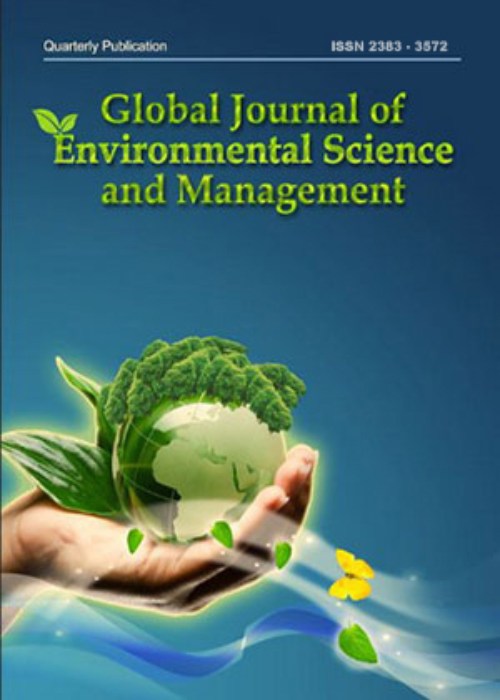Spatial delineation on marine environmental characteristics using fuzzy c-means clustering method
Author(s):
Article Type:
Research/Original Article (دارای رتبه معتبر)
Abstract:
BACKGROUND AND OBJECTIVES
Conservation efforts are often prioritized on a large spatial scale because information about local ecosystems is frequently lacking. Therefore, comprehensive spatial classification of a region’s environmental characteristics is essential for effective marine conservation. This study aimed to construct geophysical and chemical environmental delineation of the Lesser Sunda Islands which are located in Indonesia. This area is an ecoregion in the coral triangle that has been a primary concern of global biodiversity conservation strategies.METHODS
This study utilized eleven global environmental variables that were accessed from global marine databases. After performing a principal component analysis, a fuzzy C-means clustering technique was used to classify the region into groups based on environmental characteristics in term of seasonal variability. It was expected that the areas within each group would have identical attributes and ecological processes.FINDINGS
The results suggested that the marine environmental factors in Lesser Sunda can be simplified using a principal component analysis technique: 6 principal component factors explained 81.06 percent of the overall raw data variability for the wet season, and 7 principal component variables explained 84.51 percent of the overall raw data variability for the dry season. Then, the area can be delineated into 5 groups (wet season) and 10 groups (dry season) with different environmental characteristics. This method's classified groups principally inferred the Indian Ocean and Bali Sea, Savu Sea and Flores Sea, and Banda Sea as distinct clusters. In particular, the group that included the Indian Ocean had characteristics including lower nitrate and sea surface temperature concentrations, as well as higher potential hydrogen salinity and distance from the shore.CONCLUSION
The findings of this study showed that the single marine conservation area in Lesser Sunda is not sufficient to adequately represent the physicochemical dynamics in the area. The proposed delineation result will supplement the existing bioregion classification of marine areas, such as the Marine Ecoregions of the World. Moreover, it is also consistent with existing conservation programs, including the notable national marine protected areas of the Savu Sea. Nevertheless, the acknowledged biogeographic group of the Indian Ocean indicates that countries must work together to successfully manage marine protected areas and achieve their conservation objectives. This work serves as a baseline for both academic research and ecological assessment, and it will contribute to marine protected areas strategies and conservation efforts in the Lesser Sunda Islands.Keywords:
Language:
English
Published:
Global Journal of Environmental Science and Management, Volume:9 Issue: 3, Summer 2023
Pages:
463 to 476
magiran.com/p2540519
دانلود و مطالعه متن این مقاله با یکی از روشهای زیر امکان پذیر است:
اشتراک شخصی
با عضویت و پرداخت آنلاین حق اشتراک یکساله به مبلغ 1,390,000ريال میتوانید 70 عنوان مطلب دانلود کنید!
اشتراک سازمانی
به کتابخانه دانشگاه یا محل کار خود پیشنهاد کنید تا اشتراک سازمانی این پایگاه را برای دسترسی نامحدود همه کاربران به متن مطالب تهیه نمایند!
توجه!
- حق عضویت دریافتی صرف حمایت از نشریات عضو و نگهداری، تکمیل و توسعه مگیران میشود.
- پرداخت حق اشتراک و دانلود مقالات اجازه بازنشر آن در سایر رسانههای چاپی و دیجیتال را به کاربر نمیدهد.
In order to view content subscription is required
Personal subscription
Subscribe magiran.com for 70 € euros via PayPal and download 70 articles during a year.
Organization subscription
Please contact us to subscribe your university or library for unlimited access!


